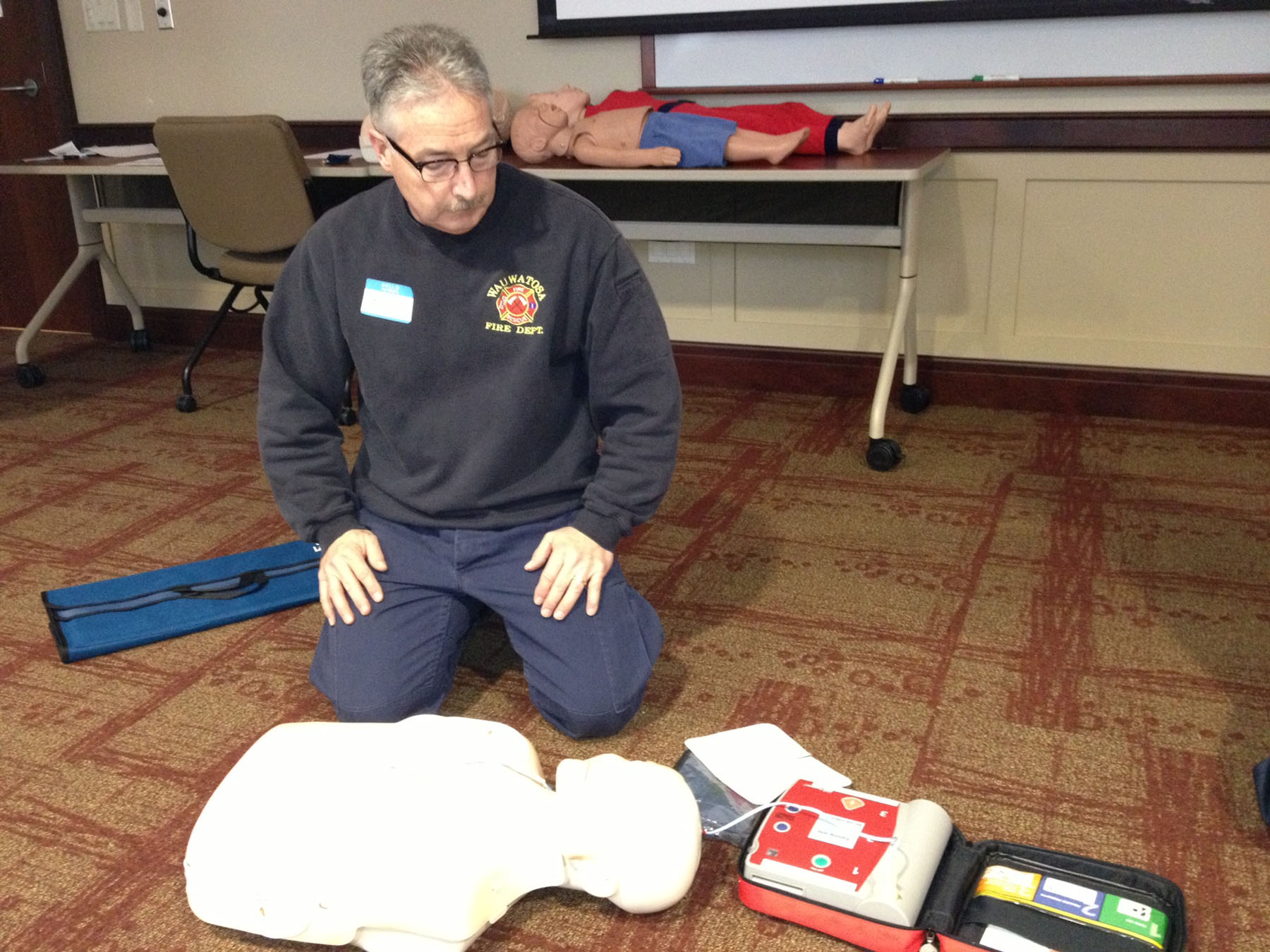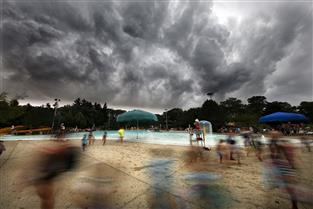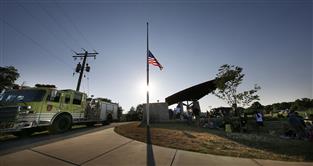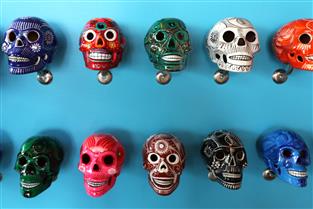In a matter of weeks my sister will make me an aunt. I plan to spend a lot of time with that little boy and serve as his favorite babysitter. I want to make sure the little guy is as safe as possible.
I've been thinking about taking a CPR course for many years. I was last certified in college. Since my parents are getting older and my cousin's children stay with me now and then, I figured the adult, child and infant CPR classes the Wauwatosa Fire Department just started offering would cover all the bases.
About a dozen people gathered at Fire Station 1 to spend four hours learning how to give chest compressions and breaths for CPR, use an automated external defibrillator to shock a heart back into rhythm and help someone who is choking. The course follows the American Heart Association's curriculum.
The class has changed since my last go-round 15 years ago. It's much simpler, with priority put on chest compressions. It's the idea of putting one's mouth on another person's - especially a stranger's - that keeps many people from jumping in and starting CPR, Lt. Joe Schwark said.
Studies show that pushing on the chest can keep blood and oxygen pumping to the brain and heart. But no one recovers from a cardiac episode by CPR alone. It's a way to sustain life until an electroshock or medication can be given.
Opening a person's airway and giving breaths can help. But sometimes it's just not safe for the person administering CPR, Schwark said. We did leave with a keychain that has a face shield on it that we can use in the case we perform CPR and want to give mouth to mouth.
The thought of using an AED had always seemed intimidating to me. I need not have worried. The machine has pictures to show where to place the pads and a voice instructing the user on what to do. These machines can be found in just about every public venue these days, so learning how to use them could come in handy.
As for choking, if someone can continue to breath, talk and cough, let them continue to fight, Lt. Brian O'Day said. It's when a person can no longer make sound that help in the form of thrusts slightly above the belly button are needed. If you're at a restaurant and someone you're dining with starts coughing and gets up from the table, follow him, Schwark said. That person may not want to cause a scene while they clear their throat, but that's when many people get into trouble.
I tried to talk my dad into joining me, but years ago he was yelled at and booted out of a CPR class because he was too rough with the dummy. Had it been a real person, my dad would have cracked ribs, the instructor said. It stuck with him and he has never felt comfortable with the thought of giving CPR since.
After taking the Wauwatosa class, I was able to give Dad some solace because the paramedics told me good compression will often result in cracked ribs, especially in seniors and children. But injuries are better than death, they said.
The Fire Department offered its first classes in January and February. So many residents wanted to participate that March and April sessions have been added and there's a waiting list, O'Day said.
This summer paramedics will offer a crash course called sidewalk CPR at events such as Hart and Tosa fests and the Tosa Farmer's Market.
The Fire Department is going to review the demand, but if people continue to show interest they likely will offer additional classes, instructors said.
Stefanie Scott is a former Wauwatosa NOW reporter who enjoys staying involved in the city. If you have an event or activity you'd like her to try out, send an email to reporterstef@gmail.com.
Get involved
WHAT: Wauwatosa Fire Department CPR classes
ENROLL:call (414) 471-8490
Archives
- Shopping for health foods at Tosa's Outpost store
- Hartfest's charitable fun a summer must
- Breast Cancer Showhouse provides fun for visitors, funds for research
- Fire department offers lessons on car seat safety
- East Tosa neighborhood seeks greater member involvement
- Lessons help in quest to conquer golf fears
- Treasure hunting at Twirly Birds takes careful timing
- Interactive lion lesson keeps kids and their caregivers busy at zoo
- 'Biero' provides night of fun at Café Hollander in the Village of Wauwatosa
- Cheering on Special Olympics bowlers in Wauwatosa
- Volunteer elves help wrap gifts from incarcerated parents
- Art is scarier as an adult, but wine helps















